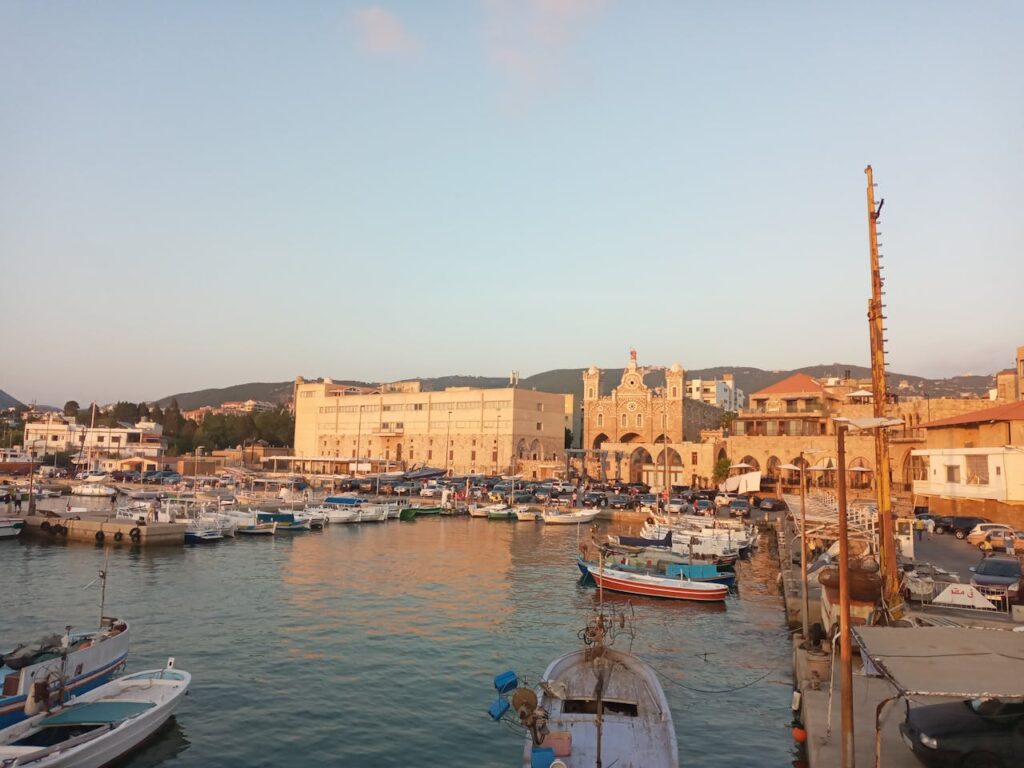Lebanon, a small yet geographically diverse country nestled along the eastern Mediterranean, boasts a climate as varied as its landscapes. From the sun-soaked coast to the snow-dusted mountains, the weather shifts dramatically with the seasons and across its cities.
This article delves into Lebanon’s climate through the lens of its four distinct seasons, spring, summer, autumn, and winter, highlighting how the weather unfolds in key cities like Beirut, Tripoli, Zahlé, Bcharre, and Qlayaat. Based on the latest climatology data and regional patterns, here’s a unique and factual journey through Lebanon’s seasonal tapestry.
Spring: A Season of Renewal
Spring in Lebanon, spanning March to May, is a time of transition, where the chill of winter gives way to warmth and blooming landscapes. Here’s how it unfolds across the cities:
- Beirut: Average temperatures climb from 13°C (55°F) in March to 21°C (70°F) in May. Rainfall tapers off from about 90 mm in March to just 20 mm by May, offering mild and pleasant coastal conditions.
- Tripoli: Slightly cooler and wetter than Beirut, March averages 14°C (57°F). Temperatures rise to match Beirut’s by May, with sea proximity keeping early spring a touch more humid.
- Zahlé: In the Bekaa Valley at 1,000 meters, daytime highs start at 15°C (59°F) in March and reach 22°C (72°F) by May. Occasional showers, around 60 mm in March, nourish the fertile plains.
- Bcharre: At higher altitudes, spring arrives slowly. March is chilly at 5°C (41°F) with lingering snow, warming to 12°C (54°F) by May as the cedars shed their winter cover.
- Qlayaat: Located in the northern mountains near the coast at about 1,000 meters, Qlayaat sees March temperatures around 10°C (50°F), rising to 18°C (64°F) by May. Rainfall averages 70 mm in March, dropping to 25 mm by May, blending coastal and mountain influences.
Spring is a golden time for Lebanon, balancing warmth and cool breezes, making it ideal for exploring both coast and countryside.

Summer: Heat and High Altitudes
From June to September, Lebanon’s summer unleashes its full Mediterranean vigor, hot, dry, and sun-drenched. Here’s the city breakdown:
- Beirut: Highs hit 30°C (86°F) in July and August, with humidity pushing the “feels-like” temperature to 35°C (95°F). Rainfall is nearly zero, averaging under 5 mm all season.
- Tripoli: Mirrors Beirut’s heat with highs of 30°C (86°F), though sea breezes cool nights to around 22°C (72°F). Dry conditions persist with minimal rain.
- Zahlé: Peaks at 28°C (82°F) in August, with less humidity than the coast but relentless dry air. Rainfall drops to 1 mm monthly in this inland valley.
- Bcharre: At over 1,600 meters, days average 20°C (68°F), cooling to 10°C (50°F) at night. A dry, refreshing escape from lowland heat with no significant rain.
- Qlayaat: Temperatures reach 25°C (77°F) in July and August, moderated by its elevation and northern breezes. Nights cool to 15°C (59°F), and rainfall remains scarce at under 5 mm.
Summer showcases Lebanon’s extremes: scorching coastlines perfect for beachgoers and cooler highlands for those seeking respite.
Autumn: A Gentle Fade to Winter
Autumn, from September to November, brings a gradual cooling and the first hints of rain, painting Lebanon in softer hues. Here’s how it plays out:
- Beirut: September feels summery at 28°C (82°F), dropping to 20°C (68°F) by November. Rainfall rises to 100 mm in November, signaling the shift to wetter days.
- Tripoli: Similar to Beirut, with September at 28°C (82°F) and November at 20°C (68°F). Slightly more rain, around 110 mm in November, and cooler nights at 15°C (59°F).
- Zahlé: Temperatures fall from 25°C (77°F) in September to 15°C (59°F) in November. Rainfall reaches 80 mm by season’s end, with brisk nights near 5°C (41°F).
- Bcharre: September averages 18°C (64°F), plunging to 8°C (46°F) by November. Rainfall hits 120 mm, and early snowflakes hint at winter’s arrival.
- Qlayaat: September starts at 23°C (73°F), cooling to 14°C (57°F) by November. Rainfall increases to 90 mm in November, with crisp mountain air settling in.
Autumn in Lebanon is a mellow interlude, blending warm days with the promise of cooler, wetter times ahead.
Winter: Rain, Snow, and Coastal Mildness
Winter, from December to February, transforms Lebanon into a land of contrasts, wet and mild along the coast, frigid and snowy in the mountains. Here’s the city-specific rundown:
- Beirut: Ranges from 11°C (52°F) to 17°C (63°F), with January the wettest at 140 mm of rain over 15 days. A mild, soggy coastal winter.
- Tripoli: Slightly cooler at 10°C (50°F) to 16°C (61°F), with more rain, up to 150 mm in January, due to its northern position.
- Zahlé: Daytime highs average 10°C (50°F) in January, with nights at 2°C (36°F). Rainfall hits 130 mm, and frost is common, though snow is rare.
- Bcharre: Temperatures drop to 0°C (32°F) or below, with January highs at 3°C (37°F). Heavy snow, often over 1 meter, turns it into a skiing hub.
- Qlayaat: January highs average 7°C (45°F), with nights near freezing at 1°C (34°F). Rainfall reaches 140 mm, and light snow can dust the area, though less intense than Bcharre.
Winter reveals Lebanon’s dual nature: a soggy, temperate coast and a frozen, alpine interior, each with its own charm.
Conclusion: Lebanon’s Seasonal Symphony
Lebanon’s climate is a dynamic blend of Mediterranean influences and topographic diversity, offering something unique in every season and city. Beirut and Tripoli shine with coastal warmth, Zahlé thrives in the valley’s fertile embrace, Bcharre and Qlayaat stand as sentinels of the mountains.
Whether you’re chasing summer sun, autumn vineyards, or winter snow, Lebanon’s weather delivers a rich, ever-changing experience. As of April 2025, these patterns hold true, shaped by the country’s timeless geography and the subtle shifts of a warming world.

